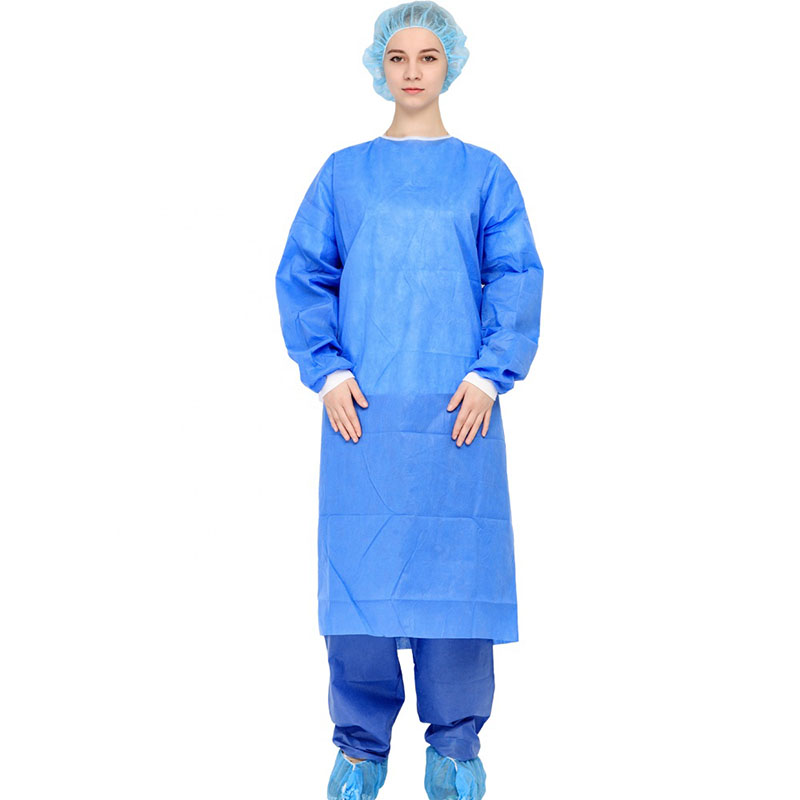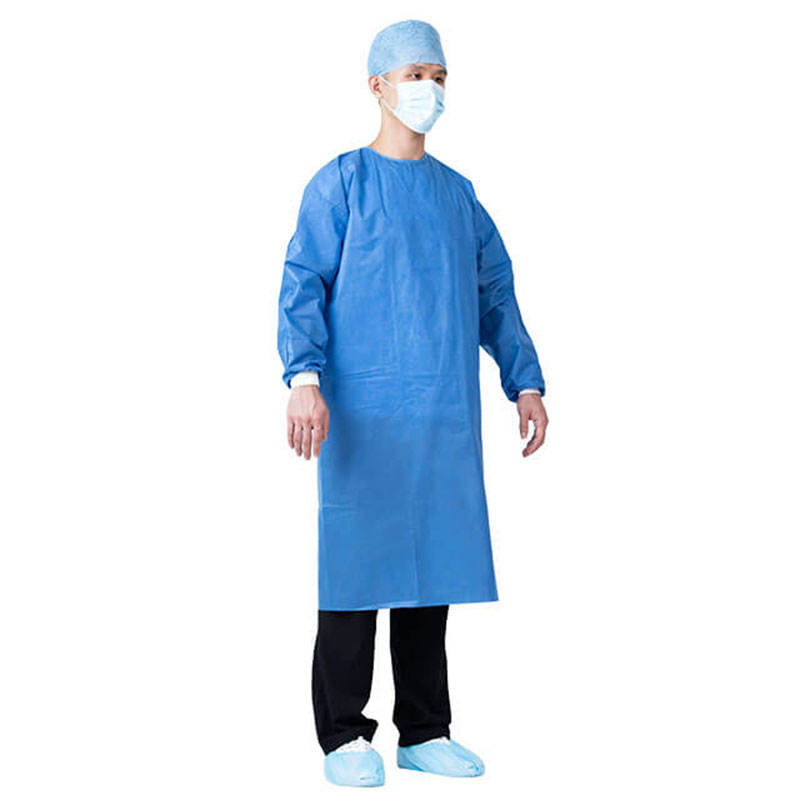In recent years, the wisdom of smart medical care has continued to heat up, and the artificial intelligence fever has helped to make medical AI the focus of attention. The so-called medical AI refers to the use of artificial intelligence technology for intelligent diagnosis and treatment, health management, etc., located at the forefront of medical informationization , usually characterized by the adoption of reasoning technology, represented by IBM's Watson. Landing means that someone uses it. Therefore, the landing of medical AI means that the medical AI technology researched by the laboratory truly serves the public. On November 13th, the “OFweek 2017 (2nd) China Medical Technology Conference†hosted by OFweek China High-tech Industry Portal and OFweek Medical Technology Network was held in Shenzhen. Guan Yi, a professor/doctoral supervisor at Harbin Institute of Technology, shared the experience and experience of Harbin Institute of Technology in the field of medical AI, providing a reference for the research of medical AI. Professor Guan Yi said: "Since 2013, my team has turned to medical health informatics-related exploration. Four years have passed, and we have not yet gained much in the application of medical AI. The road, an unforgettable experience, is a deep understanding of the difficulty of landing medical AI, which we did not expect when we set off." Professor Guan Yi believes that medical AI research needs to turn over three mountains. The first big mountain: medical big data , computer automatic analysis and processing of medical big data is the foundation of medical AI, which is the mountain we have not yet surpassed; the second mountain: various rules and taboos in the medical industry . A new drug is developed and can be put into clinical application after a very complicated and cumbersome safety evaluation. The same is true of the new AI technology; the third mountain: charged by volume. This is the internationally accepted charging model for the medical industry, which determines that the medical AI will be insignificant even if it falls to the ground. It is not enough to rely on technical means to overcome these three mountains. It also requires the joint efforts of all people in the whole society and the reform of the medical system. Medical big data challenge The application of medical AI has been fully supported by medical big data. The challenges of medical big data come from four main sources: data sources, data quality, and data processing and data processing capabilities. Since we have focused on the knowledge mining of Chinese electronic medical record data in these years, other types of medical big data have not been involved, so I will only talk about the Chinese electronic medical record. In terms of data sources, the current Chinese electronic medical records are mainly from inpatient medical records. Most of the inpatient medical records are records of one hospitalization for a particular patient, and the same patient has fewer hospital records. Most outpatient medical records are handwritten, and the degree of electronicization is lagging behind. The medical record content can be regarded as a snapshot of the patient's health, and the lack of time information makes the prediction-related research lack of support. In terms of data quality, time-consuming and labor-intensive data cleaning is required. In addition, the content description of most electronic medical records is simple and does not reflect the rich and detailed medical practice. The main challenge of Chinese electronic medical records comes from data processing, which requires the participation of medical professionals. The medical records of different departments vary greatly, and it is difficult to formulate uniform data processing specifications. In terms of data processing capabilities, existing machine learning methods are still unable to reach human clinical decision-making levels. Currently, we have the initial ability to acquire knowledge from medical big data. However, in the direction of cardiovascular disease risk prediction, because of the lack of time information in electronic medical record data, it is impossible to construct a predictive model. In terms of medical bracelets, my partner Zhu Conghui’s team tried several bracelets of domestic brands. The overall conclusion is that there are many problems and they are not practical. In terms of research, the form of knowledge extracted from Chinese electronic medical records is still relatively simple, and the degree of refinement and personalization still fall short of the level of clinical application. In particular, the amount of medical knowledge extracted is far from sufficient. At present, research on new forms of knowledge representation and accumulation of knowledge have begun. Medical industry rules and taboos Human life is off the sky. Medical care is a high-risk industry that is a matter of life and death. The so-called rules and taboos refer to the provisions that people accumulate in the long-term medical practice to reduce the risk of medical practice and restrict people's behavior in the medical process. These rules and taboos effectively reduce the risk of medical activities, but also limit, hinder or even exclude the adoption of new technologies. Usually the greater the risk of disease, the more rules and contraindications, concentrated in a variety of clinical guidelines. These guidelines are not only voluminous and constantly updated, but not only bring increased pressure on medical data to medical AI, but also inhibit the landing of medical AI. Since we still have a huge gap in the amount of knowledge accumulation, the focus of our next step is to accumulate knowledge, and we have developed a three-year plan. It plans to double the size of the corpus constructed by the research laboratory, and at the same time, initiate the construction of medical ontology resources, and incorporate disease-related rules and taboos into the content of ontology construction. Taking into account the risks of cardiovascular disease and the challenges of rules and taboos, plus the two reasons mentioned above, we have shifted the landing plan for cardiovascular disease warning to the direction of the user-oriented health recommendation system. Fortunately, in July this year, the State Council issued the “New Generation Artificial Intelligence Development Planâ€, proposing to establish artificial intelligence laws and regulations, ethical norms and policy systems by 2025 to form an artificial intelligence security assessment and management capability. By then, the resistance of the medical AI to the rules and taboos from the medical industry will be greatly diminished. Charge by volume In the near future, it is assumed that the technical means have been developed to meet the challenges of medical big data, and human intelligence has been reached or exceeded in medical decision-making. Assume that the medical AI breaks through the constraints of the taboos of the rules and begins to provide intelligent services for the daily work of doctors. Can medical AI be successfully landed? In fact, there is another obstacle that is difficult to overcome waiting for it. This obstacle cannot be overcome for a long time. This is the amount charged. The so-called volume-based charging refers to charging according to the quantity of medical services, rather than the quality of medical services. According to this charging model, more examinations or excessive treatment of patients will benefit the doctor and the hospital where the doctor is located. Interestingly, the survey shows that if the patient is on public expense rather than at his own expense, the patient is willing to do more tests and buy more expensive drugs to get psychological satisfaction. In the field of intelligent diagnosis and treatment, we are also looking for new places to drop. It is best to choose diseases with relatively low risks, so as to avoid the rules and taboos in the industry as much as possible, and not to hinder doctors from making money. By introducing medical AI, doctors can be profitable and profitable as easily as possible. There is a preliminary plan now, I will mention it here, I want to hear your opinions. We want to build a WeChat applet for remote diagnosis and treatment of skin diseases for a single doctor to use in their circle of friends. The skin disease is chosen because the skin patient has it and the risk is not great. It is possible to identify most skin diseases through online conversations and uploading patient pictures, and it also eliminates the trouble for patients to run a hospital for a little skin. For a single doctor to use in the circle of friends, so that people naturally interact with doctors and patients through the mutual trust relationship in WeChat. After being promoted by professional doctors, this kind of small program can not only bring income to doctors, but also enable us to accumulate certain medical texts and pictures related to skin diseases. We can use our accumulation of intelligent diagnosis and treatment and dermatology data to train our AI model. Under the condition that the AI ​​model reaches a certain degree of accuracy, under the authorization of a professional doctor, it can replace the doctor to automatically diagnose the skin disease. It can be seen that medical big data, rules and taboos, and volume-based fees are in front of all the friends who are interested in letting medical AI land. One is more dangerous than one. The research direction that looks very grounded at the beginning of the journey is the most difficult. However, it is this kind of difficulty that determines the little real progress of medical AI, and will play a positive role in safeguarding the health of people in the whole society, and will have far-reaching social impact. Finally, Professor Guan Yi made his own suggestions for the medical AI's landing: First, every medical AI researcher should consciously work hard in the direction of landing, because the top days that are not landing are all clouds. It seems to be hot, vigorous, and sometimes even able to block the radiance of the sun, but the wind will blow away without a trace. Second, the challenges of medical big data and the ability to overestimate AI cannot be underestimated. The development of AI technology is still at a relatively early stage, and it will take time to climb the peak of medical big data. It is impossible to make unrealistic optimistic estimates, but to do solid work and hard work for decades. Third, medical AI has helped the medical industry to be the general trend. The medical industry can only adapt to this change quickly, discarding old rules and taboos, providing space for medical AI development, and thereby gaining opportunities for rapid development. Fourth, only the quality payment can make the medical AI really have the opportunity to land. For more details, please pay attention to the follow-up reports of OFweek Medical Technology Network!
It can be used for surgical operations, patient treatment; epidemic prevention and inspection in public places; disinfection in virus-contaminated areas; and can also be widely used in military, medical, chemical, environmental protection, transportation, epidemic prevention and other field
By setting a protective collar, the neck of the operator can be kept warm and protected. The provision of a hand guard is helpful for the surgical staff to temporarily place their hands in the hand guard while waiting during the operation, which plays a protective role and is more in line with the principles of aseptic operation and occupational protection. surgical gown,disposable surgical gown,personal protection,medical equipment Shanghai Rocatti Biotechnology Co.,Ltd , https://www.ljdmedical.com
By setting the shrinking cuffs, it is beneficial to make the cuffs fit the wrists, prevent the cuffs from loosening, and prevent the gloves from slipping off during the operation and the operator's hands are exposed to the gloves.
The design of the new humanized protective surgical gown has been improved in the key areas of the gown. The forearm and chest area are double-thickened, and there are handguards in front of the chest and abdomen. By arranging reinforcing sheets (double-layer structure) in key areas, it is beneficial to improve the water-permeability of surgical gowns and improve safety.


